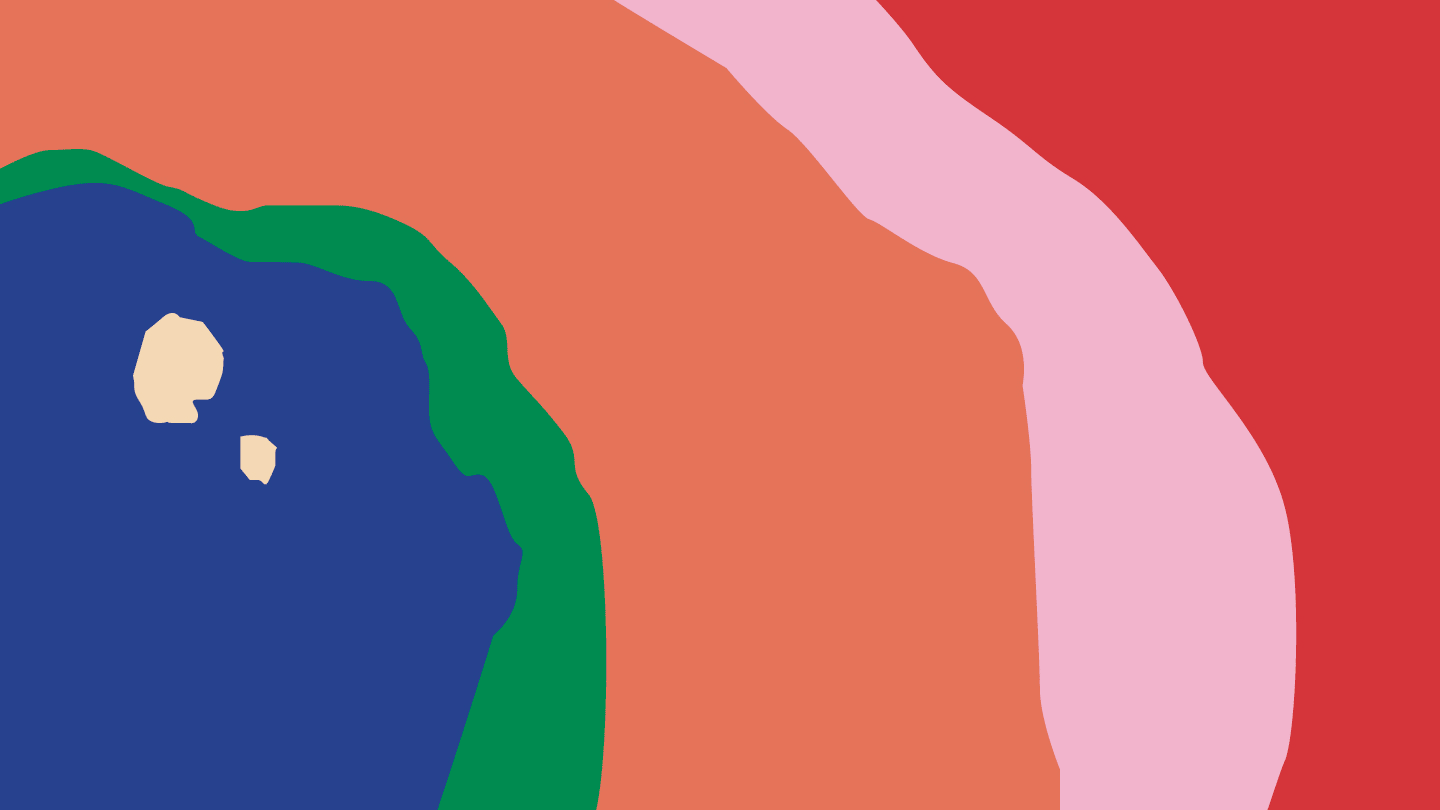Art, Design and Crafts through the Test of Prehistory
March 2–July 8, 2024
Padiglione Tavolara Viale Pasquale Stanislao Mancini, 19
07100 Sassari
Italy
Museo Nivola is pleased to present The Nuragic Wave: Art, Design and Crafts through the test of Prehistory, a new exhibition at Padiglione Tavolara, Sassari.
Curated by Giuliana Altea, Antonella Camarda and Luca Cheri, The Nuragic Wave explores the influence of the Nuragic and Prenuragic civilisations on twentieth-century and contemporary art and culture in Sardinia, examining the reflections of the Nuragic discourse in various areas of visual production: from painting and sculpture to architecture, to design and craftsmanship, from audiovisual to social media and mass culture.
In 1949 and 1950, two exhibitions of Nuragic bronzes, held at the Opera Bevilacqua La Masa in Venice and the Galleria Nazionale di Arte Moderna in Rome, brought Sardinian prehistory to the attention of international culture, marking the culmination of a rediscovery initiated in the nineteenth century and then stimulated by the excavation campaigns of the first half of the new century.
The Nuragic bronzes attracted the public’s and the press’s attention for their historical importance and aesthetic excellence. Sardinian artists and intellectuals of the 1950s found in the Nuragic civilisation a strong ideological reference, functional to the construction of a new regional identity. A specific iconographic trend arose from this, lasting until the 1960s and reinventing itself in the postmodern and contemporary era.
The evolution of the theme was influenced by the impact of tourism, the spread of new age cultures, the no-global and neo-global movements, the emergence, nationally and internationally, of renewed scholarly attention and the rise of the phenomenon of pseudoarchaeology.
Nuragic modernity
The exhibition opens with the first phase of the modern rediscovery of the Prenuragic and Nuragic culture, from the late nineteenth-century and early twentieth-century excavations of the archaeologist Antonio Taramelli to those of Giovanni Lilliu, one of the most influential scholars of ancient Sardinia.
In the wake of Lilliu’s theories, who affirmed the existence of an artistic continuity between the Nuragic past and the contemporary age, many artists of the fifties and sixties drew on forms, themes and iconographies of Sardinian prehistory, Costantino Nivola, Maria Lai, Mauro Manca, Ausonio Tanda, Federico and Melkiorre Melis among others.
Through Nivola’s mediation, the Nuragic suggestion also reaches protagonists of twentieth-century architecture, such as Le Corbusier and Franco Albini.
Starting from the mid-1960s, with the rising fortunes of the Costa Smeralda and the transformation of Sardinia into a privileged holiday destination, the Nuragic and Prenuragic repertoire became a reference for a vast production of tourist objects, which tirelessly revisits typical forms and motifs such as the Mediterranean Mother, the Warrior, the Archer, etc., ranging from more or less faithful reproduction to free reinterpretation.
From the fantastic nuragic to the nuragic fantasy
The 1980s saw a rekindling of interest in the Nuragic world, freed from any philological pretence and in line with the maximalist aesthetics of the decade. Aldo Rossi’s extraordinary series of carpets, made by Zeddiani weavers, is a spectacular example, with its aggressively distorted and deformed warrior figures and expressionist deconstruction of architecture.
The new century sees, on the one hand, a tendency towards formal simplification and a return to the historical sources of the Nuragic and Prenuragic, both in the production of replicas and in the invention of contemporary designs inspired by the remote past of the island.
The Nuragic and Prenuragic civilisations are still present today in the cultural debate in Sardinia, in scientific and artistic research and in mass culture fueled by social media. More or less imaginative reconstructions of the island’s prehistory, omnipresent in different cultural productions, from novels to videogames, advertising to street art, demonstrate that the Nuragic people are still among us.

